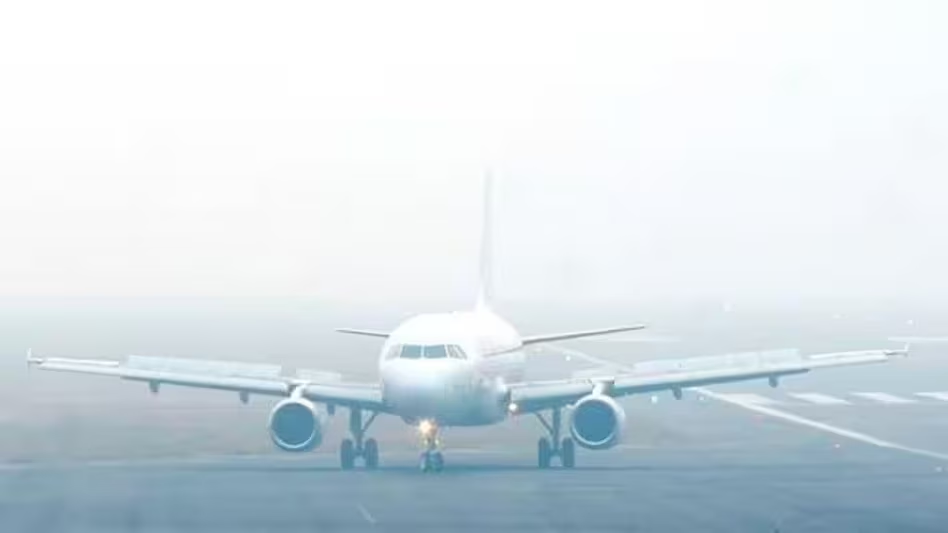New Guidelines for Airlines During Fog Season

As winter approaches, fog becomes a significant challenge for air travel in India. The Union Aviation Ministry has issued new guidelines aimed at minimizing passenger inconvenience during this peak fog season. These guidelines focus on managing delayed departures and ensuring effective communication between airlines and passengers. The ministry’s proactive measures are designed to enhance the overall travel experience and operational efficiency at airports.
New Regulations for Delayed Departures
The Union Aviation Ministry has set clear regulations for airlines regarding how long passengers can remain seated during fog-related delays. Airlines must not keep passengers on board for more than 90 minutes. If a flight is delayed for over three hours, it must be canceled. This directive aims to prevent passengers from being stuck in uncomfortable conditions for extended periods.
To facilitate smoother re-boarding processes, the Bureau of Civil Aviation Security (BCAS) has operationalized a circular that allows for the efficient re-entry of passengers in case of cancellations. The ministry has also coordinated drills with the Central Industrial Security Force (CISF) and other stakeholders to ensure that these procedures are well understood and implemented.
Airlines are now required to communicate proactively with passengers about potential delays or cancellations due to visibility issues. This means that accurate passenger contact information must be recorded during ticket booking. By doing so, airlines can keep travelers informed and reduce uncertainty during foggy conditions.
Enhanced Weather Monitoring Systems
To improve operational safety and efficiency, the India Meteorological Department (IMD) and the Airports Authority of India (AAI) are expediting the implementation of an Advanced Weather Observation System (AWOS) at Indira Gandhi International Airport (IGIA) and other fog-affected airports. This system will provide accurate and timely weather information to pilots and air traffic controllers, allowing for better decision-making during adverse weather conditions.
The IMD has committed to ensuring that all meteorological equipment functions without disruption. This commitment is crucial for maintaining safety standards and operational efficiency during the fog season. The Directorate General of Civil Aviation (DGCA) is also working closely with airlines to deploy an adequate number of CAT II and CAT III-compliant crew and aircraft. These measures will enable airlines to conduct low visibility operations more effectively, ensuring that flights can operate safely even in challenging weather.
Improved Communication and Coordination
Effective communication is vital for managing air travel during foggy conditions. The ministry has instructed airlines to ensure full staffing at check-in counters during peak hours. This will help reduce passenger inconvenience and streamline the check-in process. Additionally, Delhi Airport has installed LED screens at key locations to provide real-time updates on visibility conditions.
To further enhance coordination, airlines have been asked to sensitize their Operations Control Centres (OCCs) and war-room representatives. This will enable closer collaboration during adverse weather conditions, allowing for more effective and timely responses to flight delays or cancellations. The ministry has also conducted consultations with various stakeholders, including airlines, airport operators, and security forces, to ensure that everyone is on the same page regarding the new guidelines.
Observer Voice is the one stop site for National, International news, Sports, Editor’s Choice, Art/culture contents, Quotes and much more. We also cover historical contents. Historical contents includes World History, Indian History, and what happened today. The website also covers Entertainment across the India and World.

